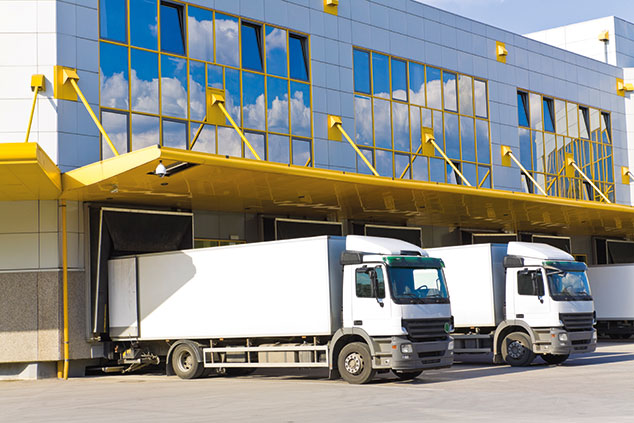
Anyone who drives regularly on the motorways of Britain and Europe will have noticed the big warehouses that have appeared at the side of the roads. These represent the flipside of internet shopping and corporate supply chains: every delivery has to be backed up by vans or lorries delivering from local hubs. These are in turn supplied from large warehouses situated close to road networks; they handle the bulk deliveries from factories and airports.
E-commerce, according to Evert Castelein, manager of Aberdeen Standard Investments European Logistics Income PLC (LSE: ASLI), now accounts for 20% of sales in the UK, but only 10% in Europe, where it is growing faster. This means strong growth in demand combined with continuing falls in vacancy rates, now down to 5.5%.
A big footprint in Europe
ASLI avoids giant warehouses and focuses on the next size down, where demand is more consistent. Occupiers need to be close to both suppliers and customers, creating hotspots in northwest Europe where space for new sites is limited. With a network of 25 offices and 230 professional staff throughout Europe, Aberdeen Standard is well placed to identify preferred locations and investments not just in Europe, but also in Scandinavia, Poland and Spain.
Since raising £187m in a December 2017 flotation, ASLI has spent or committed €311m acquiring 11 such properties in five countries. As the numbers imply, equity investment is supplemented by debt of up to 35% of assets – but even so, ASLI is fully invested. Consequently, it is seeking to raise another £100m for further investment, having 14 potential deals in its sights. ASLI targets a 5% yield to investors from a total return of 7.5%.
The investment model that makes this target realistic is a rental yield from the assets of 5.3%. Borrowings gear this return above 8% on equity, from which has to be deducted management costs of 0.75%, cost of debt of 0.7% (a 1.4% interest rate on 50% of net assets) and other corporate costs of 0.25%. To get back up to the 7.5% target, ASLI needs to add value of about 1% per annum. Castelein is confident of this, citing examples such as the potential to extend the building at Meung-sur-Loire, which only covers 29% of the site, and a development opportunity in Lyon. He also thinks that higher leases can be negotiated with existing or new tenants when the lease expires. Within the terms of each lease, rents are fully indexed to inflation for two thirds of the portfolio, capped at 2.5% per annum for another 20% and indexed subject to a threshold for the remainder. With inflation at 1.5%-2%, rental income will rise slowly, but the hedge provides reassurance should inflation return.
The fund is allowed to invest in the UK, but it’s “more advanced in the cycle with keener yields and higher financing costs”, says Castelein. Should yields in Europe compress to, or below, those in the UK, where prime yields are 4%, there would be significant capital upside to ASLI’s shares. Its target return looks achievable without any assumption about valuation gains, backed by sustained and visible growth in demand for modern warehouses. A 5% dividend yield, growing slowly, should appeal to the risk-averse or those wanting a quiet corner in their portfolio.